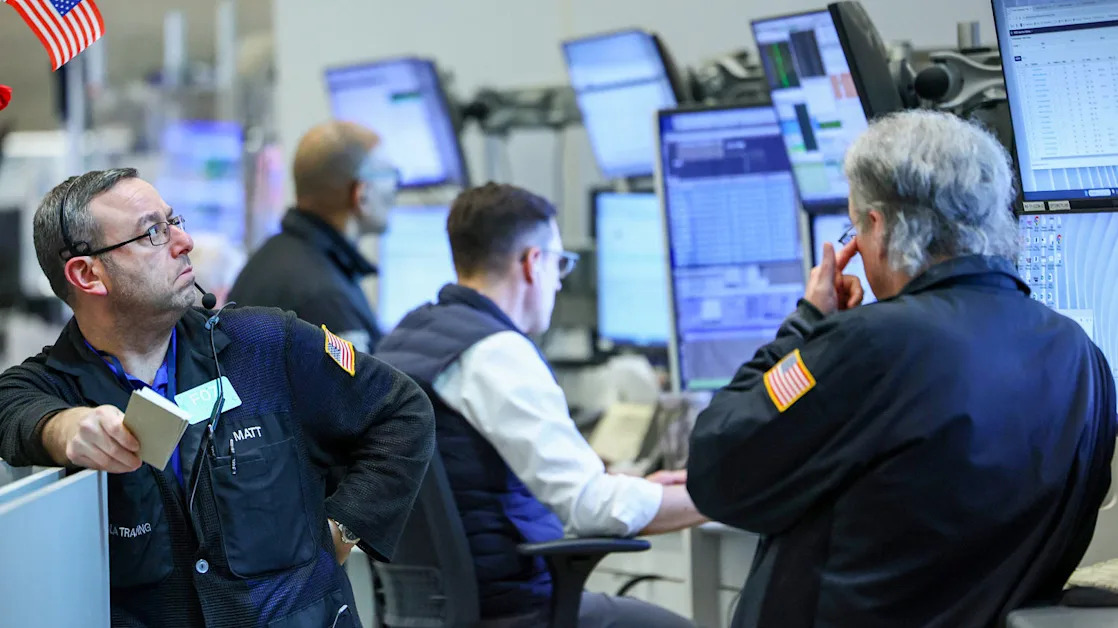
Market drop wipes out some gains of historic rally as tariffs sink in
The major U.S. stock indexes dropped sharply on Thursday, a stark reminder that President Donald Trump continues to pursue a tariff agenda capable of throwing the global economy into chaos.
Stocks had staged a historic rally on Wednesday after Trump revised his tariff plans , appearing to back down from some of the highest rates on many U.S. trading partners.
But he has also escalated tariffs on China and did not ease tariffs on Canada or Mexico, the largest U.S. trading partners. A revised analysis from the Budget Lab at Yale University found that consumers will still face an overall tariff rate of 25.3% — the highest since 1903.
The tech-heavy Nasdaq Composite Index was hit hardest Thursday, dropping as much as 7.2%, while the S&P 500 at one point fell a total of 6.3% — not far off from the 7% level at which trading is paused for all U.S. stocks.
The Nasdaq did recover a bit, but closed down 4.3%. The S&P 500 ended the day down about 3.5%, and the Dow Jones Industrial Average had dropped 1,000 points, or about 2.5%. The Russell 2000 index, which includes smaller companies, was down 5.2%.
The S&P 500 is now off about 14% from its February highs.
Even with most tariffs targeting individual nations now ostensibly on hold, Trump’s plan still entails the United States’ average effective tariff rate climbing considerably, as a baseline fee of 10% for all imports and 145% for ones from China snaps into place — suggesting the cost of imports are still likely to surge.
The president also still plans to impose “sectoral” tariffs on entire swaths of goods, including pharmaceuticals and lumber.
“We do not see the scenario as being as encouraging as markets do,” analysts with Citi wrote in a note Thursday morning, adding there was no guarantee the negotiations Trump touted as he announced his pause would result in deals or actually lower tariffs.
“We continue to expect growth to slow, inflation to rise and the Fed to return to rate cuts as soon as hard data confirm the slowdown,” the Citi analysts wrote.
Investors continue to price in stagflationary conditions — meaning faster price growth could come even as overall economic activity slows. The price of crude oil fell below $60 a barrel Thursday for the first time since February 2021 — but government borrowing costs, which tend to rise and fall with inflation expectations and which Trump had cited as a key reason for the pause, remain elevated.
Early Thursday, the Bureau of Labor Statistics reported inflation for March had cooled more than expected .
Yet most analysts say they still expect prices to increase because of the tariffs — and economic growth to slow as a result. In his annual letter to shareholders Monday — before the pause was announced — JPMorgan CEO Jamie Dimon warned about their potential impact on the economy .